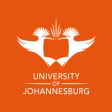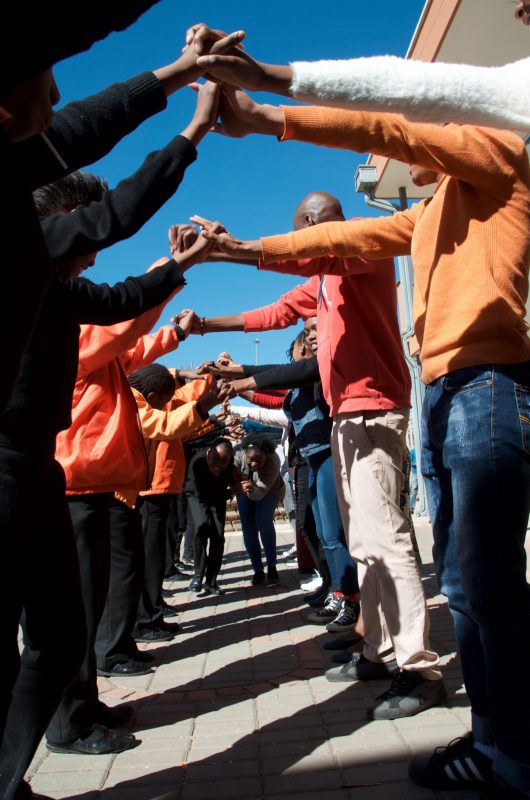Author: Sarita Ramsaroop
This study explored how student teachers learnt about apartheid-era history in South Africa when their coursework was combined, or blended, with museum visits. The study also explored how these blended learning experiences helped to prepare student teachers to teach apartheid-era history to learners in the primary school.
There is much research that supports the value of learning in museums. This research focuses on children and adult museum visitors, but seldom on teachers. Consequently, there is limited research on the learning potential of museums from a student teacher’s perspective. In addition, even less research has been done on how student teachers engage with their learning in apartheid museums when this learning is blended with their coursework; and how this blend influences their readiness to teach apartheid-era history to learners in the primary school.
In this case study, 25 second-year Social Science Intermediate Phase student teachers from a university in Johannesburg were taken to museums in Gauteng that depict the struggle against apartheid. The museums visited were: Liliesleaf Farm; Constitution Hill; Apartheid Museum; Mandela House; and Hector Pieterson Museum. The museum visits were designed around three phases: the pre-trip, the trip itself, and the post-trip; since field trips designed in such a way have been shown to achieve advanced and critical learning.
Prior to the visits, students were given an assignment whereby they had to design and present their own interactive museum depicting any past South African leader of their choice. This activity involved researching, designing and presenting their own interactive museum to second-year Intermediate Phase history students. This activity aimed to encourage critical and reflective thinking about why they selected specific artefacts. Since, if the student teachers recognised the subjectivity of their choices, they would be more likely to recognise that museums also make subjective choices about which artefacts are most likely to influence their audience, and in which way.
The majority of the student teachers in this research had not directly experienced apartheid. Their knowledge was based on the stories of parents, grandparents, community, school, texts and the media. The field trips did help to address misconceptions and to develop a deeper knowledge of the subject matter; and with this a strengthened ability to adapt the school curriculum to the needs of different learners.
However, the data also suggests that student teachers took for granted what they saw in the museums, even though the aim of the pre-trip museum activity (constructing their own interactive museum) was to enable them to recognise the subjectivity that surrounds the selection of materials. Other research has confirmed that museum visitors readily assume that what they see in museums is authentic and accurate. Student teachers, however, need to learn to become reflective, pedagogical thinkers.
The emotions elicited from the museum visits did challenge student teachers to examine their attitudes and actions. While student teachers did acknowledge that the post-field trip discussions in lectures were helpful, they raised concerns about how learners from schools would deal with similar emotions. As raised by other scholars, the student teachers did indicate that museums could do more to enable visitors to channel their emotions towards promoting justice, peace and understanding.
In conclusion, the blended learning model used in this study did strengthen the ability of these student teachers to know, think, feel and act like teachers; and to understand, challenge and transform how they teach the official school curriculum.




